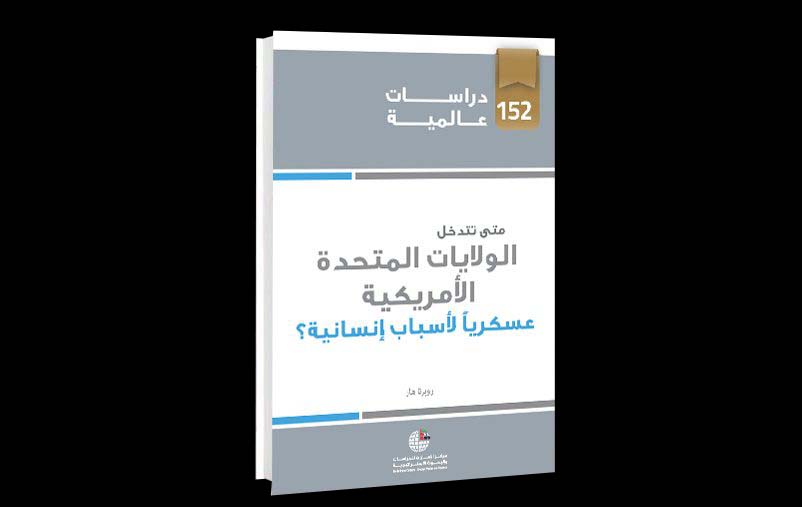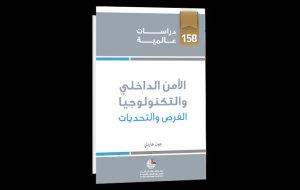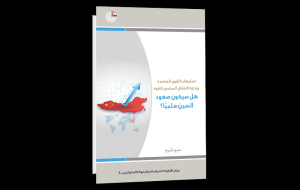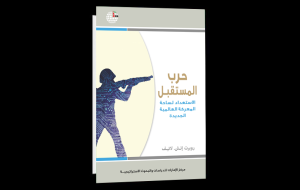The limited response of the Obama administration to the August 2013 chemical attack in Syria raised concerns over US strategy in relation to military intervention for moral or humanitarian reasons. Was Obama’s fluctuating policy in the Syrian crisis an exception? Have other US administrations hesitated when asked to intervene militarily for humanitarian reasons? Does the US have a clear strategy for military intervention on humanitarian grounds? If so, what is this strategy?
The end of the Cold War and rise of the US unipolar era led to the belief that American military power should be used to promote human rights and democracy, but US leaders have avoided intervention to protect civilians abroad. From 1992 to 1995, the US avoided intervention in the Bosnian War, where ethnic cleansing saw 100,000 people killed and two million displaced. Both the Bush and Clinton administrations resisted political pressure to militarily intervene in the Balkans, sending paradoxical messages about the US’ global role and its commitment to humanitarian missions. If the US adopts a strategy that avoids the deployment of troops in humanitarian crises, how can this response be interpreted and understood? This study explores the issue by considering some analytical methods previously used to contextualize cautious US policy toward humanitarian intervention. The study expands on Hagan’s Model to explain leaders’ reactions to humanitarian crises, using the ‘logic of political explanation’. In particular, two humanitarian crises, where the US intervened militarily, can be used to explain how Hagan’s Model might provide the best interpretation of US policy in this context. The analysis seeks to explain the initial response to both events, and the subsequent change in policy direction. It is clear that US strategy initially avoids the controversy and risks associated with involvement, but if this strategy fails, decision-makers shift to a strategy that legitimizes their policy choices, and/or isolates foreign policy from domestic political pressures.
The author focuses on two case studies; the US-led NATO peacekeeping mission in Bosnia in 1995, and the US-led NATO intervention in Libya in 2011. There were five cases of humanitarian intervention in the 1990s; Bosnia, Iraq (on behalf of the Kurds), Somalia, Haiti and Kosovo.
The Bosnian case shows how US policymakers back-tracked from public statements on a non-intervention strategy, eventually deciding to intervene. However, it also demonstrates the extent to which leaders will insist on a strategy of non-intervention, despite significant domestic and external pressure. In this case, international pressure did not prompt a policy change, rather, fears over losing support at home amid an appearance of double standards caused a shift in approach. These policy shifts are seen particularly when domestic credibility and political survival are in doubt.
The Libyan case study was chosen because it represents the only significant US military deployment for humanitarian reasons in the last fifteen years. Like the Bosnian case, Libya shows how leaders avoided intervention, despite considerable internal and external pressure. Analysis of the US strategy in Bosnia and Libya helps us understand Obama’s weak response to the Syrian chemical attacks in August 2013. Although national and security interests may prevail, ethical concerns and humanitarian interests do influence US external activity. Its leaders repeatedly stress that they have a normative foreign policy and US presidential candidates frequently campaign on a platform of restoring US global moral leadership; the understanding being that it is America’s responsibility to prevent mass atrocities. However, candidates do not seem as interested in developing the mechanisms to implement these policies as they are in winning elections. When they take office, leaders avoid risky interventions that could save the lives of non-American citizens.
In the past, political realism explained this policy of reluctance to intervene. However, Hagan’s model (1993, 1995) offers a more comprehensive understanding of decision-makers’ responses to humanitarian crises. Hagan’s approach takes into account the importance of the domestic landscape, particularly political opposition. This study shows that political opposition and public opinion are still key aspects of the foreign policy decision-making process. This gives Hagan’s model more accuracy than other explanatory frameworks.
About the Author:
Roberta Haar is a Professor of Foreign Policy Analysis and Transatlantic Relations, Maastricht University, Netherlands. Her areas of expertise include US foreign policy, transatlantic relations, foreign policy analysis and causes of conflict. She holds a PhD from Pennsylvania University. She is the author of Nation Stations as Schizophrenics: Germany and Japan as post-Cold War Actors (Praeger, 2001). She writes extensively about US foreign policy and transatlantic relations.
Publisher: Emirates Center for Strategic Studies and Research (ECSSR) – Publication Year: 2017













